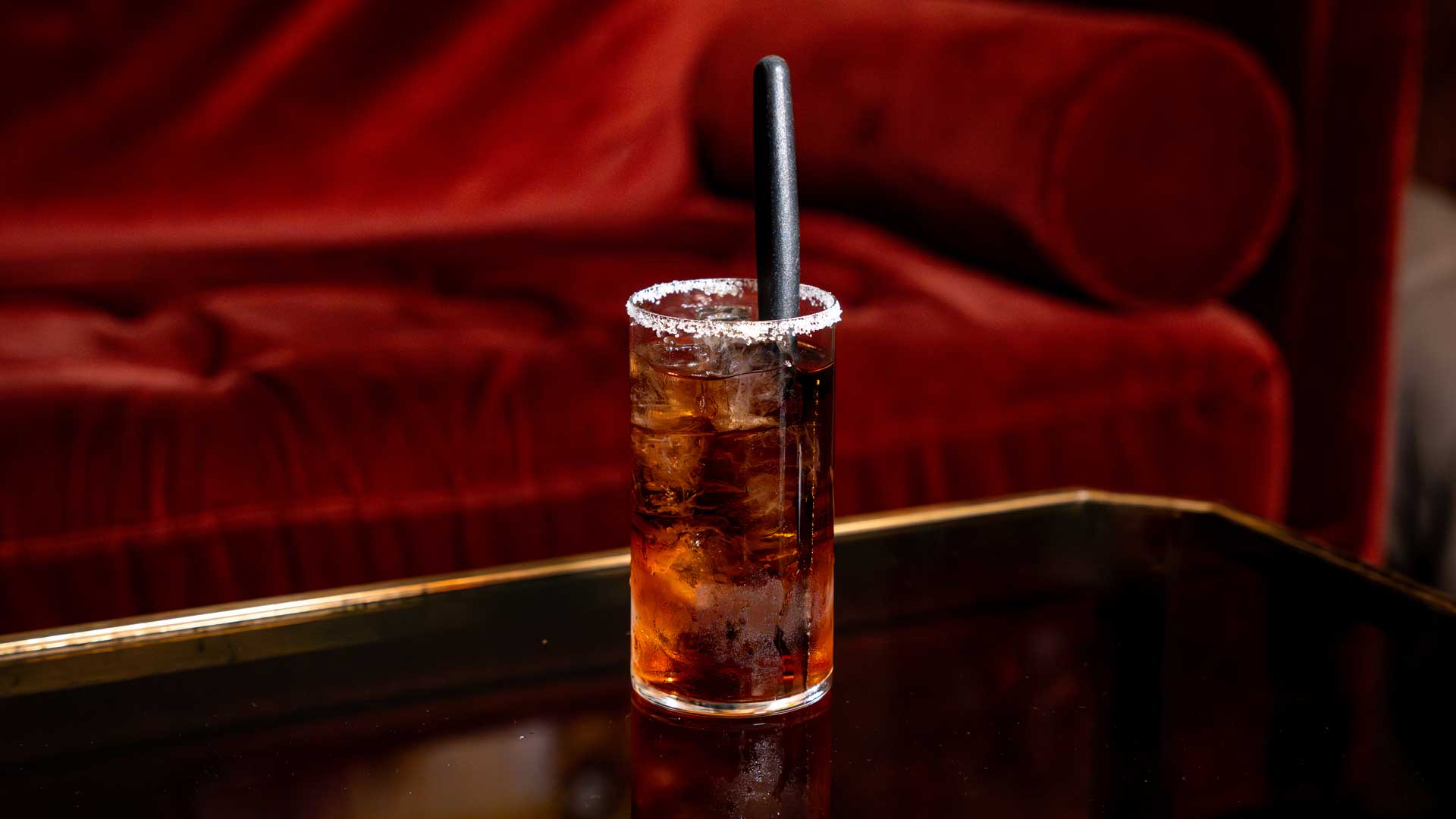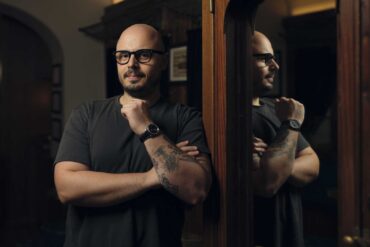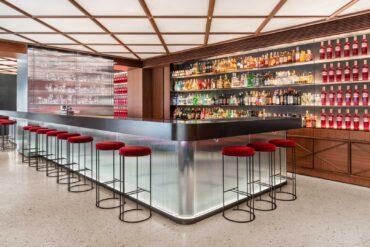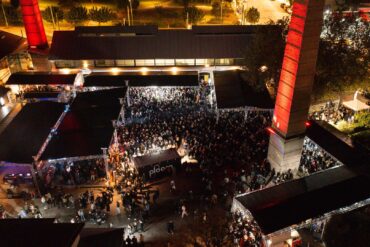The true Batanga can no longer be tasted, for it was a drink inseparably tied to its creator, Don Javier Delgado Corona (1925–2020). But it can still be faithfully recreated—provided one honours the knife ritual, a detail we’ll return to shortly.
The Story of the Batanga
The Batanga (or la Batanga—both are correct) traces its origins to another drink, the Charro Negro. This Mexican version of the Cuba Libre replaces rum with tequila and rims the glass with salt. Lime juice and cola remain constant, the latter giving us a clue to when both the Charro Negro and Batanga appeared—cola only became available in Mexico in the mid-20th century.
Any greater precision is impossible. Even Don Javier himself could not recall an exact date: “I invented it in the fifties, or maybe the sixties, I’m not sure.” Many sources point to 1961, but without certainty.
Who Was Don Javier Delgado Corona
To understand the man, consider this: the Batanga is essentially the same as the Charro Negro, yet it exists as a separate drink simply because he made it. Imagine a bartender serving a Martini or Old Fashioned and being able to give it a new name solely because it passed through his hands—and then that name surpassing the original in fame. That was the weight of his reputation.
Around 1961, in the town of Tequila, Don Javier was running La Capilla, a bar he had founded some years earlier and reputed to be the oldest in the area. He did a bit of everything, but most often he was behind the counter, greeting guests and pouring drinks—many drinks. Legend has it that La Capilla was known as the place where you walked in on your feet and left on your knees.
When the Charro Negro Became the Batanga
It’s easy to picture Don Javier making one Charro Negro after another. The recipe called for rimming a chilled highball glass with lime and salt, adding ice cubes, pouring in the ingredients, and stirring.
Here came his distinctive touch: instead of a bar spoon, he used the knife that had just cut the lime. Whether born of habit or whim, the gesture became part of the drink’s identity. People liked talking to him; they warmed to him instantly, and that small ritual became a signature.
Why that Specific Name?
Cristian Bugiada, an authority on Mexico and its spirits, recalls that Don Javier himself once told him: “When I was a young man, I worked in a bar on the main square in Tequila, just a few blocks from what would later become La Capilla. One day, during a shift, we ran out of glasses (which I called tubos). I went to the market to buy more, but couldn’t find any, and when I came back I said, ‘no hubo tubos pero hubo batangas’,” referring to the rounder shape of the glasses he had found and naming them after a friend’s nickname.
That friend’s name was Juan. The glasses Don Javier brought back were made of green glass and slightly shorter than a standard highball. Don Javier would good-naturedly tease Juan, saying they looked just like him: short, dark, and full of alcohol. And Juan’s nickname was Batanga—like a bamboo canoe from the Philippines—which he’d earned because, in Mexico, a drunk is said to be “out at sea” (va por agua).
Between the glasses, the canoes, and friends who liked to drink, the Charro Negro became the Batanga. As Bugiada explains: “From that moment on, people began to associate the drink with that name and with Don Javier, and, naturally, with his very distinctive way of making it—using a knife instead of a spoon to stir it in the glass.”
The One True Batanga No Longer Exists
People came to La Capilla for Don Javier. The Charro Negro was called Batanga there because he made it, at his own bar. When he passed away at the age of 95, the bar remained, but part of its soul was gone. As Bugiada notes, in Mexico City the drink is called the Charro Negro—“and I’m sure it’s the same in many other places.” In Tequila, at La Capilla, it’s still the Batanga. Different now, but present.
The Batanga Cocktail Recipe
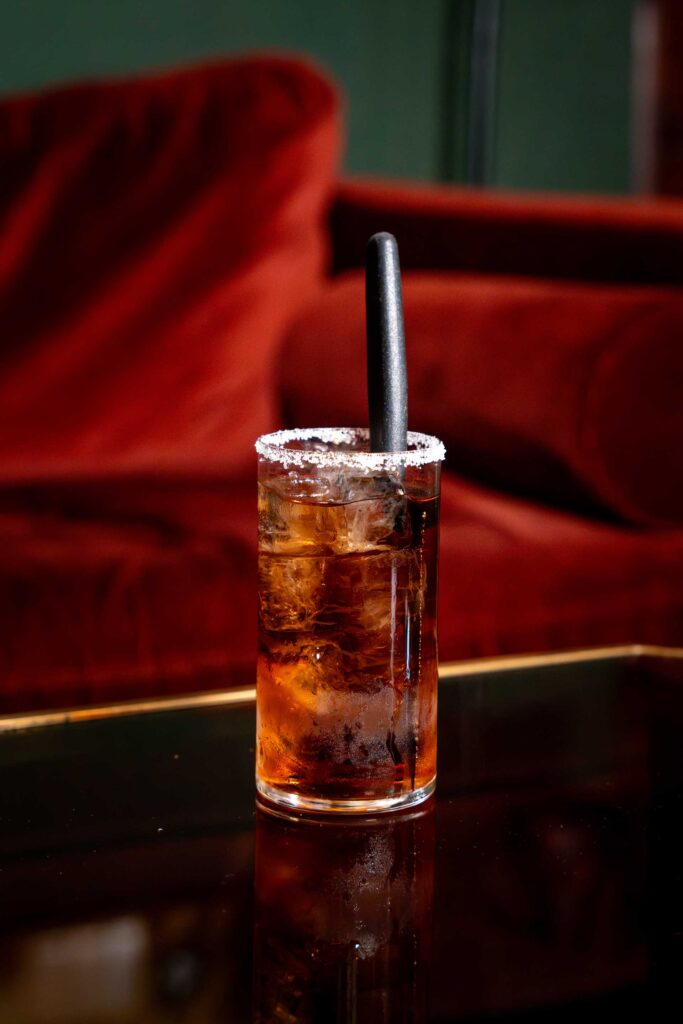
Honouring the original means using a knife to stir—otherwise the tribute is incomplete. A high-quality salt is also essential.
Ingredients
- 60 ml blanco tequila
- 12.5 ml fresh lime juice
- 105 ml cola
- A pinch of salt
Method
Chill a highball glass. Rim it with lime and dip in salt. Add ice cubes, pour in the ingredients, and stir with the knife.
Garnish
None.
Foto credits Julie Couder x Coqtail, location MAG La Pusterla – all rights reserved


